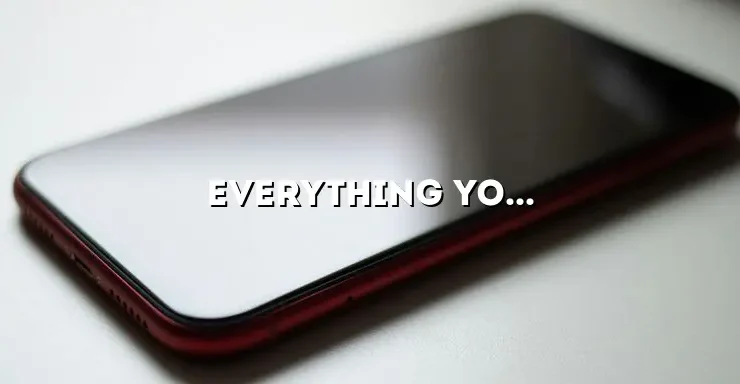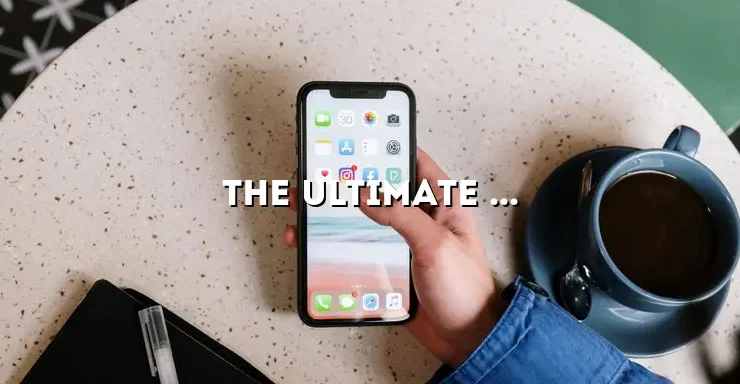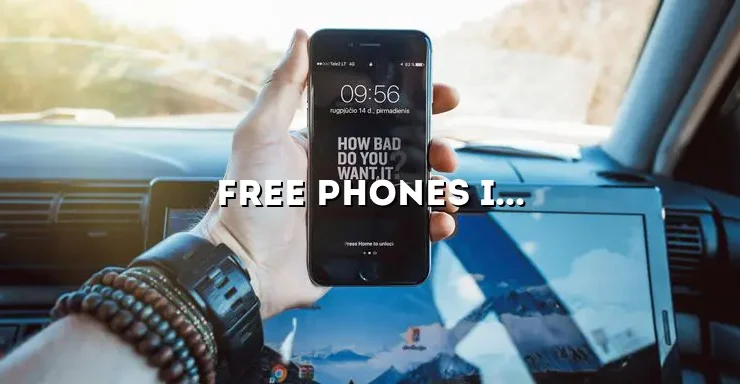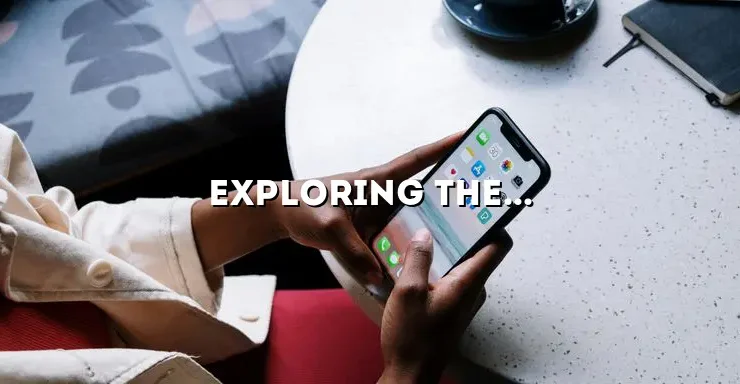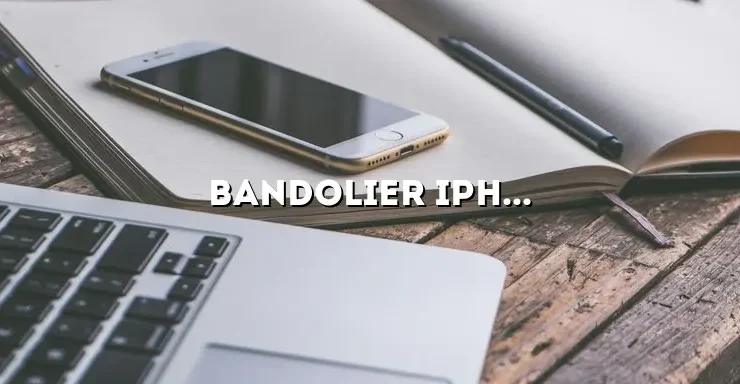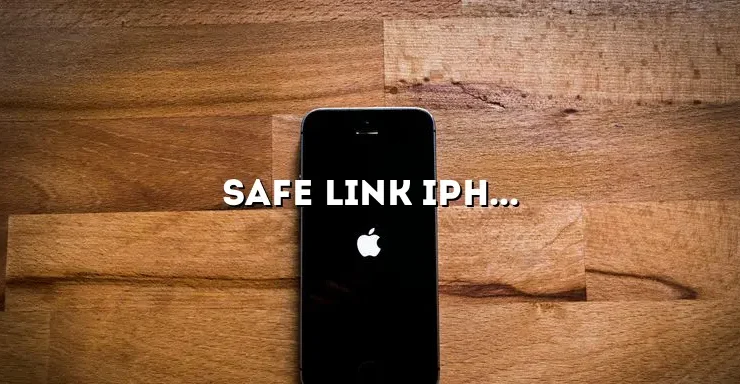
In today’s digital age, our smartphones have become an integral part of our lives. From personal communication to online banking, we rely on our iPhones for almost everything. However, with the increase in cyber threats and hacking attempts, it is crucial to ensure the safety and security of our devices. In this blog article, we will explore the concept of safe linking for iPhones, providing you with detailed information on how to protect your device and data from potential threats.
Understanding the Importance of Safe Linking
With the rapid advancement of technology, the risks associated with using smartphones, particularly iPhones, have also increased exponentially. Safe linking plays a crucial role in safeguarding your device and data from potential threats. By establishing a secure connection between your iPhone and the internet, you significantly reduce the risk of falling victim to cyber attacks, identity theft, or data breaches.
The Risks of Not Having a Secure Link
When your iPhone is not securely linked to the internet, it becomes vulnerable to various risks that can compromise your device and personal information. One of the primary risks is the interception of your data by hackers or malicious entities. Without a secure link, your sensitive information, such as passwords, financial details, and personal messages, can be easily intercepted and exploited.
Another risk is the possibility of encountering malicious websites or links. Hackers often create fake websites or use phishing techniques to deceive users into providing their personal information unknowingly. Without a secure link, you may unknowingly visit these malicious websites, putting your device and personal data at risk.
The Consequences of Falling Victim to Cyber Attacks
If you fall victim to a cyber attack due to a lack of safe linking, the consequences can be severe and far-reaching. One of the most common consequences is identity theft, where hackers gain access to your personal information and use it for fraudulent activities. This can result in financial loss, damage to your reputation, and even legal implications if the stolen information is used for illegal purposes.
In addition to identity theft, falling victim to cyber attacks can also lead to data breaches. If your iPhone is compromised, your personal and sensitive information, including photos, emails, and documents, can be accessed by unauthorized individuals. This breach of privacy can have significant emotional, financial, and personal consequences.
Exploring Safe Linking Methods
Now that we understand the importance of safe linking for iPhones, let’s explore various methods and practices that can help you establish a secure connection and protect your device and data.
Using Secure Wi-Fi Networks
One of the most effective ways to ensure safe linking is to connect to secure Wi-Fi networks. Public Wi-Fi networks, such as those found in coffee shops or airports, are often unsecured and pose a high risk to your device’s security. Instead, opt for trusted and password-protected networks, such as your home or office Wi-Fi. These networks encrypt your data, making it difficult for hackers to intercept and exploit.
Enabling Two-Factor Authentication
Two-factor authentication (2FA) adds an extra layer of security to your iPhone by requiring an additional verification step when logging into your accounts. By enabling 2FA, even if someone manages to obtain your password, they would still need access to your trusted device or a unique verification code to gain entry. This significantly reduces the chances of unauthorized access to your accounts and enhances the overall security of your device.
Using a Virtual Private Network (VPN)
A Virtual Private Network (VPN) is a powerful tool that can enhance safe linking for your iPhone. A VPN creates a secure and encrypted connection between your device and the internet, preventing hackers from intercepting your data. It also allows you to browse the internet anonymously, protecting your privacy. There are numerous reliable VPN services available that offer user-friendly mobile apps for iPhones, making it easy to establish a secure connection wherever you are.
Securing Your iPhone with Strong Passwords
One of the first lines of defense against unauthorized access to your iPhone is a strong password. A strong password should be unique, complex, and difficult to guess. Avoid using common phrases, personal information, or easily guessable combinations. Instead, opt for a combination of uppercase and lowercase letters, numbers, and special characters. Additionally, consider using a password manager to securely store and generate strong passwords for your various accounts.
Implementing Biometric Authentication
In addition to strong passwords, iPhones offer biometric authentication methods, such as Touch ID and Face ID, which provide an added layer of security. Biometric authentication uses your unique physical characteristics, such as fingerprints or facial features, to verify your identity. By enabling these features on your iPhone, you ensure that only you can access your device, further protecting your data from unauthorized access.
Safe Browsing Habits for iPhone Users
Practicing safe browsing habits is essential to minimize the risk of encountering malicious links or websites that can compromise your device’s security. Here are some tips to follow:
Verify Website Authenticity
Before entering any sensitive information on a website, ensure that it is authentic and secure. Look for HTTPS in the website URL, which indicates that the connection is encrypted. Avoid entering personal information on websites that do not have this secure connection.
Avoid Suspicious Downloads
Be cautious when downloading apps, files, or attachments from unknown sources. Stick to trusted app stores, such as the Apple App Store, and avoid downloading files from suspicious websites or sources. Malicious downloads can contain malware or viruses that can compromise your device’s security.
Be Wary of Phishing Attempts
Phishing is a common technique used by hackers to deceive users into revealing their personal information or login credentials. Be cautious of emails, messages, or pop-ups that ask for sensitive information or prompt you to click on suspicious links. Avoid providing any personal information unless you are certain of the sender’s authenticity.
Keeping Your iPhone Software Up to Date
Maintaining the latest software updates on your iPhone is crucial for ensuring its security. Software updates often include security patches and bug fixes that address vulnerabilities discovered by the manufacturer or security experts. By regularly updating your iPhone’s software, you ensure that known security flaws are patched, reducing the risk of exploitation by hackers.
How to Update Your iPhone Software
Updating your iPhone software is a simple process that can be done in a few steps:
- Go to the “Settings” app on your iPhone.
- Scroll down and tap on “General”.
- Select “Software Update”.
- If an update is available, tap “Download and Install”.
- Follow the on-screen instructions to complete the update.
It is recommended to enable automatic software updates on your iPhone to ensure that you receive the latest security patches as soon as they are available.
Additional Security Measures for iPhone Users
In addition to the aforementioned methods, there are several additional security measures that you can implement to further protect your iPhone and enhance its security.
Enabling Find My iPhone
Enabling the “Find My iPhone” feature allows you to locate, lock, or erase your device remotely in case it is lost or stolen. This feature can help prevent unauthorized access to your personal data and increase the chances of recovering your device.
Consider Insurance Options
Considering insurance options for your iPhone can provide an added layer of protection. In the event of theft, loss, or damage, insurance coverage can help you recover the cost of the device or provide a replacement. Research different insurance providers and policies to find the one that best suits your needs.
Be Mindful of App Permissions
When installing new apps on your iPhone, pay attention to the permissions they request. Some apps may ask for unnecessary access to your personal data or device features. Only grant permissions that are essential for the app’s functionality, and review and revoke permissions for apps that you no longer use.
Regularly Back Up Your Data
Regularly backing up your iPhone’s data ensures that you have a copy of your important information in case of loss or device damage. Use iCloud or iTunes to back up your data, and consider automating the backup process to ensure that your data is always up to date.
Stay Informed About Security Threats
Being aware of the latest security threats and staying informed about best practices is crucial for maintaining the security of your iPhone. Keep up with news and updates from reputable sources to stay ahead of potential threats and take proactive measures to protect your device and data.
In conclusion, safe linking for iPhones is paramount in today’s cyber-threat landscape. By implementing the recommended practices and measures discussed in this article, you can significantly enhance the security of your device and safeguard your valuable data. Remember, prevention is always better than cure when it comes to protecting your iPhone from potential threats.


